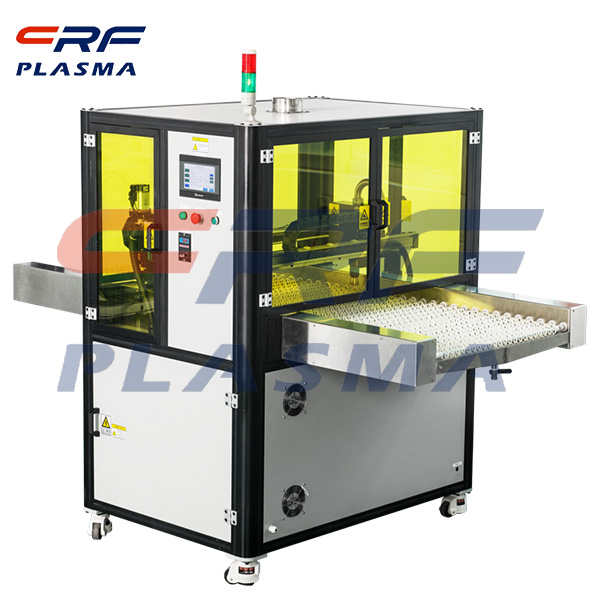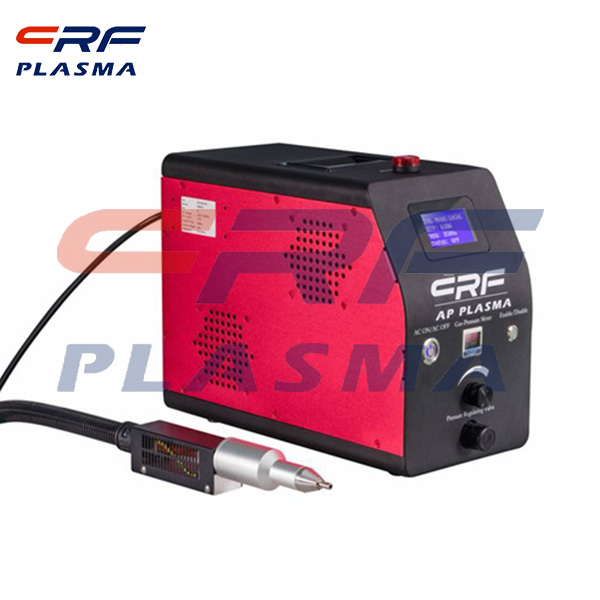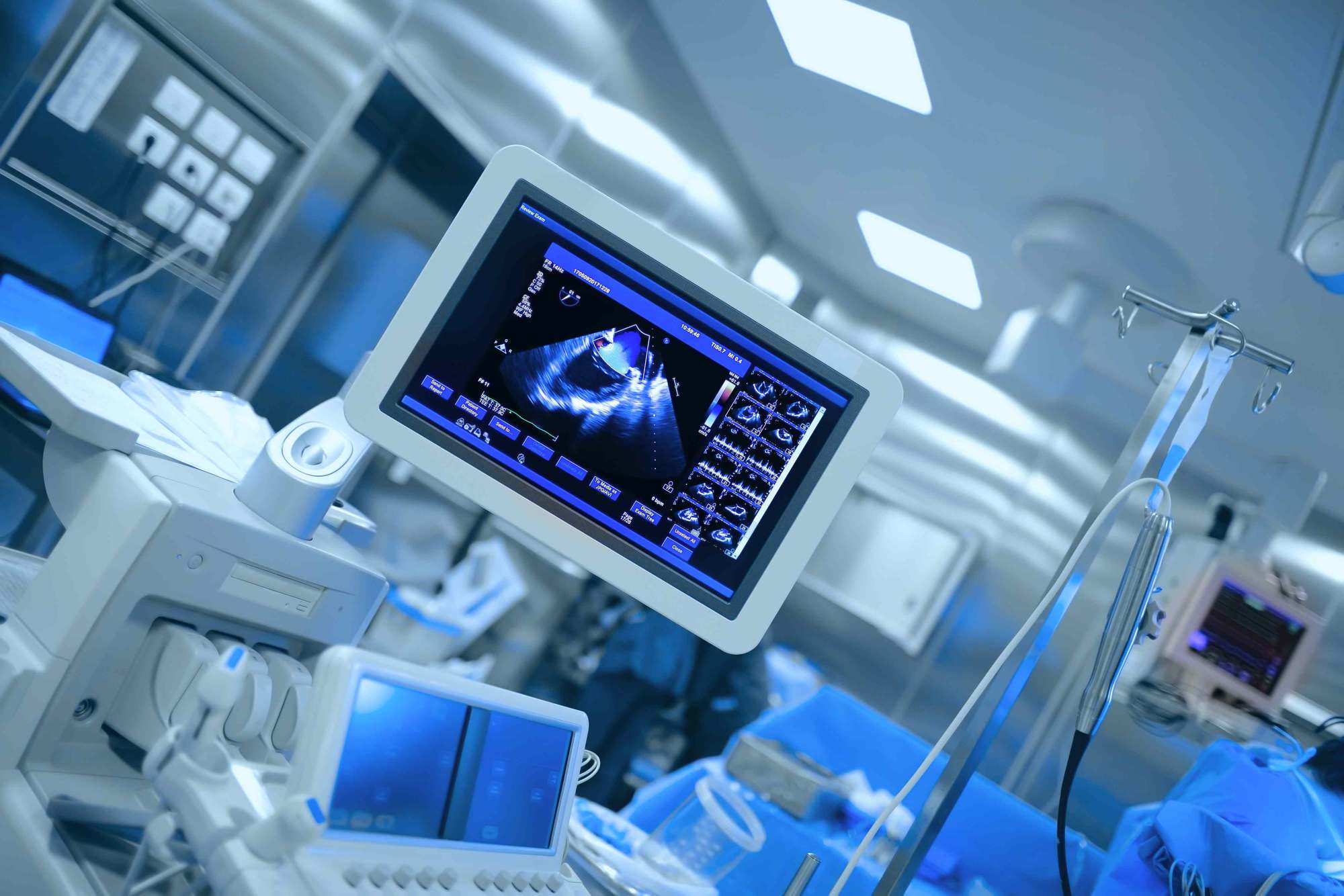
Welcome to Shenzhen Sing Fung Intelligent Manufacturing Co., Ltd.
E-mail:shaobo@sfi-crf.com
Application of plasma device Stress Proximity technology in semiconductor Technology
- Categories:Technical Support
- Author:plasma cleaning machine-surface treatment equipment-CRF plasma machine-Sing Fung Intelligent Manufacturing
- Origin:
- Time of issue:2020-12-14
- Views:
(Summary description)Stress Proximity Technology (SPT) is a Technology widely used in advanced logic chip Technology in recent years. According to the technical principle, after the metalization of gate and source leakage zones, partial or complete side walls can be removed by means of plasma etching. The stress of subsequent deposited stress layer or double stress layer can be more effectively applied to the channel zone. Through stress proximity technology, the performance of NMOS can be improved by 3%. In the aspect of PMOS, the performance improvement is more obvious due to the introduction of stress proximity technology. With SiGe technology, stress proximity to the metal can improve performance by up to 40%. The effect of the stress proximity technique is related to the periodic size or density of the gate. The performance of the dense gate circuit is improved by 28% after the introduction of stress proximity technology, which is more obvious compared with the 20% improvement of the sparse gate circuit. This is because in a dense gate circuit, the space between the gate and the gate is narrow, and the volume of the stress layer after deposition differs significantly before and after the introduction of stress proximity technology, while the volume of the stress layer is closely related to the stress layer. The stress proximity etching methods are mainly divided into wet etching and dry etching of plasma equipment. During the plasma etching process, the metal silicides in the source leakage area are always exposed, and the metal silicides determine the resistance of the source leakage area. Therefore, the damage of metal silicide should be strictly controlled in the process of removing side wall of plasma equipment. Because the side walls are generally made of silicon nitride, the wet etching mainly uses hot phosphoric acid solution. Wet etching has the advantage of high selectivity of si3N4 to si3N4, which can control the damage of si3N4 well under the condition of high etching amount. At the same time, wet etching belongs to isotropic etching, which can effectively remove the side wall compared with the anisotropic etching of dry etching in plasma equipment. The disadvantage of wet etching is that the Particle defects of chemical containers are difficult to control. Plasma equipment dry etching adopts high-density plasma equipment coupled with coils to etch silicon nitride side wall with heavy polymer gas plasma. The heavy polymer gases mainly include CH2F2 and CH3F, which are controlled with a certain amount of O2 gas to achieve the purpose of etching silicon nitride and stopping on the silicide. Plasma etching equipment CH2F2 / CH3F gas, on the surface of a silicon nitride polymer far less than the thickness of the silica or polymer is formed on the metal silicides, so in the surface of the silicon nitride, plasma etching reaction can continue equipment, while the metal silicide polymer thick, so the choice of higher than. However, due to the dissociation of a large number of F atoms, the plasma still has obvious damage to metal silicides. In comparison, the selection ratio of silicon nitride for dry etching in plasma equipment is smaller than that for wet etching. The damage of silicide can be controlled by controlling the etching amount by controlling the process time. The more stress near the etching of plasma equipment, the more serious the damage and the higher the resistance value of the metal silicide. On the other hand, because the side wall is completely or partially removed, the depth-width ratio of subsequent filling is reduced, and the filling performance of the subsequent contact through hole stop layer and the interlayer dielectric layer is improved.
Application of plasma device Stress Proximity technology in semiconductor Technology
(Summary description)Stress Proximity Technology (SPT) is a Technology widely used in advanced logic chip Technology in recent years. According to the technical principle, after the metalization of gate and source leakage zones, partial or complete side walls can be removed by means of plasma etching. The stress of subsequent deposited stress layer or double stress layer can be more effectively applied to the channel zone. Through stress proximity technology, the performance of NMOS can be improved by 3%. In the aspect of PMOS, the performance improvement is more obvious due to the introduction of stress proximity technology. With SiGe technology, stress proximity to the metal can improve performance by up to 40%.
The effect of the stress proximity technique is related to the periodic size or density of the gate. The performance of the dense gate circuit is improved by 28% after the introduction of stress proximity technology, which is more obvious compared with the 20% improvement of the sparse gate circuit. This is because in a dense gate circuit, the space between the gate and the gate is narrow, and the volume of the stress layer after deposition differs significantly before and after the introduction of stress proximity technology, while the volume of the stress layer is closely related to the stress layer.
The stress proximity etching methods are mainly divided into wet etching and dry etching of plasma equipment. During the plasma etching process, the metal silicides in the source leakage area are always exposed, and the metal silicides determine the resistance of the source leakage area. Therefore, the damage of metal silicide should be strictly controlled in the process of removing side wall of plasma equipment. Because the side walls are generally made of silicon nitride, the wet etching mainly uses hot phosphoric acid solution. Wet etching has the advantage of high selectivity of si3N4 to si3N4, which can control the damage of si3N4 well under the condition of high etching amount. At the same time, wet etching belongs to isotropic etching, which can effectively remove the side wall compared with the anisotropic etching of dry etching in plasma equipment. The disadvantage of wet etching is that the Particle defects of chemical containers are difficult to control.
Plasma equipment dry etching adopts high-density plasma equipment coupled with coils to etch silicon nitride side wall with heavy polymer gas plasma. The heavy polymer gases mainly include CH2F2 and CH3F, which are controlled with a certain amount of O2 gas to achieve the purpose of etching silicon nitride and stopping on the silicide. Plasma etching equipment CH2F2 / CH3F gas, on the surface of a silicon nitride polymer far less than the thickness of the silica or polymer is formed on the metal silicides, so in the surface of the silicon nitride, plasma etching reaction can continue equipment, while the metal silicide polymer thick, so the choice of higher than. However, due to the dissociation of a large number of F atoms, the plasma still has obvious damage to metal silicides. In comparison, the selection ratio of silicon nitride for dry etching in plasma equipment is smaller than that for wet etching.
The damage of silicide can be controlled by controlling the etching amount by controlling the process time. The more stress near the etching of plasma equipment, the more serious the damage and the higher the resistance value of the metal silicide. On the other hand, because the side wall is completely or partially removed, the depth-width ratio of subsequent filling is reduced, and the filling performance of the subsequent contact through hole stop layer and the interlayer dielectric layer is improved.
- Categories:Technical Support
- Author:plasma cleaning machine-surface treatment equipment-CRF plasma machine-Sing Fung Intelligent Manufacturing
- Origin:
- Time of issue:2020-12-14 10:38
- Views:
Application of plasma device Stress Proximity technology in semiconductor Technology:
Stress Proximity Technology (SPT) is a Technology widely used in advanced logic chip Technology in recent years. According to the technical principle, after the metalization of gate and source leakage zones, partial or complete side walls can be removed by means of plasma etching. The stress of subsequent deposited stress layer or double stress layer can be more effectively applied to the channel zone. Through stress proximity technology, the performance of NMOS can be improved by 3%. In the aspect of PMOS, the performance improvement is more obvious due to the introduction of stress proximity technology. With SiGe technology, stress proximity to the metal can improve performance by up to 40%.
The effect of the stress proximity technique is related to the periodic size or density of the gate. The performance of the dense gate circuit is improved by 28% after the introduction of stress proximity technology, which is more obvious compared with the 20% improvement of the sparse gate circuit. This is because in a dense gate circuit, the space between the gate and the gate is narrow, and the volume of the stress layer after deposition differs significantly before and after the introduction of stress proximity technology, while the volume of the stress layer is closely related to the stress layer.
The stress proximity etching methods are mainly divided into wet etching and dry etching of plasma equipment. During the plasma etching process, the metal silicides in the source leakage area are always exposed, and the metal silicides determine the resistance of the source leakage area. Therefore, the damage of metal silicide should be strictly controlled in the process of removing side wall of plasma equipment. Because the side walls are generally made of silicon nitride, the wet etching mainly uses hot phosphoric acid solution. Wet etching has the advantage of high selectivity of si3N4 to si3N4, which can control the damage of si3N4 well under the condition of high etching amount. At the same time, wet etching belongs to isotropic etching, which can effectively remove the side wall compared with the anisotropic etching of dry etching in plasma equipment. The disadvantage of wet etching is that the Particle defects of chemical containers are difficult to control.
Plasma equipment dry etching adopts high-density plasma equipment coupled with coils to etch silicon nitride side wall with heavy polymer gas plasma. The heavy polymer gases mainly include CH2F2 and CH3F, which are controlled with a certain amount of O2 gas to achieve the purpose of etching silicon nitride and stopping on the silicide. Plasma etching equipment CH2F2 / CH3F gas, on the surface of a silicon nitride polymer far less than the thickness of the silica or polymer is formed on the metal silicides, so in the surface of the silicon nitride, plasma etching reaction can continue equipment, while the metal silicide polymer thick, so the choice of higher than. However, due to the dissociation of a large number of F atoms, the plasma still has obvious damage to metal silicides. In comparison, the selection ratio of silicon nitride for dry etching in plasma equipment is smaller than that for wet etching.
The damage of silicide can be controlled by controlling the etching amount by controlling the process time. The more stress near the etching of plasma equipment, the more serious the damage and the higher the resistance value of the metal silicide. On the other hand, because the side wall is completely or partially removed, the depth-width ratio of subsequent filling is reduced, and the filling performance of the subsequent contact through hole stop layer and the interlayer dielectric layer is improved.

Scan the QR code to read on your phone

TEL:0755-3367 3020 / 0755-3367 3019

E-mail:sales-sfi@sfi-crf.com

ADD:Mabao Industrial Zone, Huangpu, Baoan District, Shenzhen


















